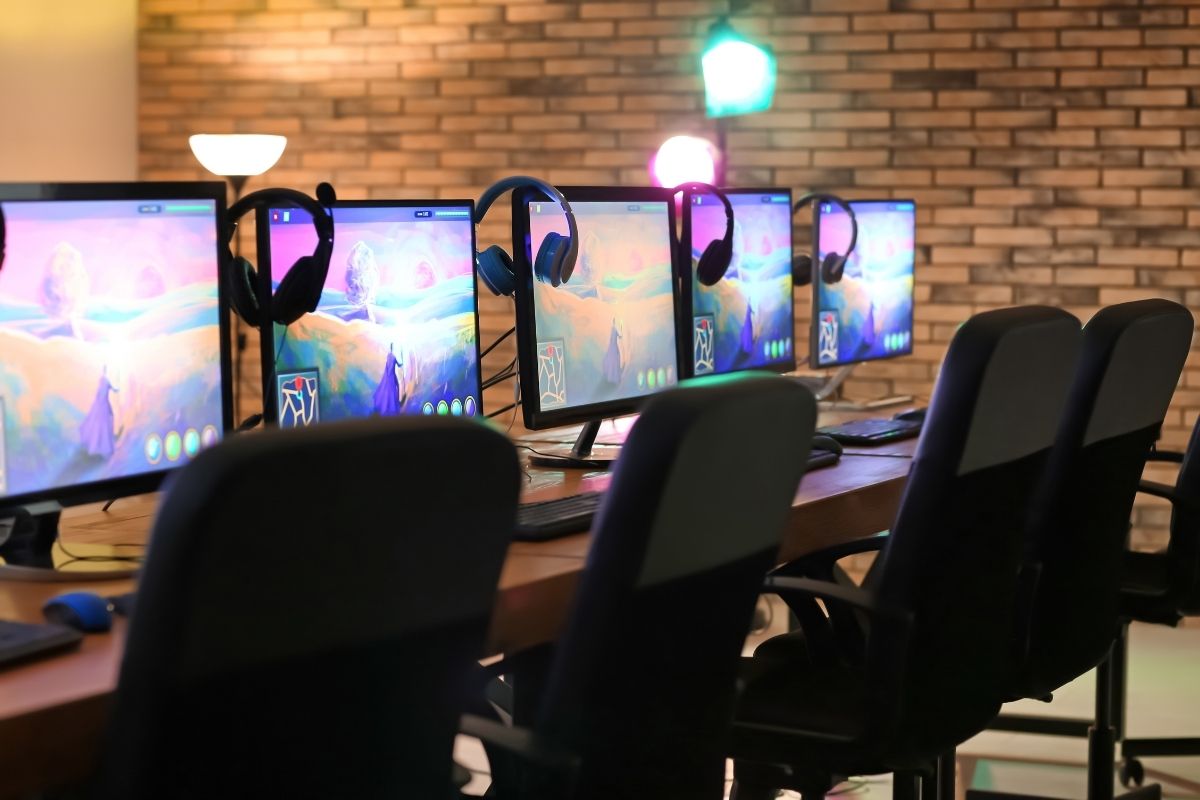How would the issue of naming rights for a stadium be addressed ten years ago? According to online sports management education lecturer Chris Lencheski, maintaining regional clout and pride might have been the answers.
“10 years ago where it would have been was, we are a regional company. We are the largest. Maybe to take a US strategy approach, might be Bank of America and Bank of America Field in Charlotte.” he explains.
Charlotte-based Bank of America was making loans to and investments in the National Football League to build a charter program. Teams could go to the bank and get loans for their stadiums and team needs. Hugh McColl, the bank’s CEO at the time, was a strong supporter of the business of the NFL and the ownership group.
Indeed, there was an element of regional pride. There was also an ability to have measured media, with every game televised nationally and distributed internationally to global sports networks.
Bank of America and many other super-regional companies look at stadium naming as a corporate good citizenship strategy. It is a way to get their name in front of somebody. “And that’s where the strategy was very top line and top-level, but not a lot of analytics behind it. Just hey, it’s the right thing to do,” Lencheski says.
Data analytics is exploding. Sponsors want deeper information about how data is going to connect to a specific sport or region. In Lencheski’s time with Comcast, he evaluated data on behalf of commercial rights clients that the company might engage for naming rights on stadiums.
Questions he needed to answer were “What was the value of the stadium worth relative to its international media?” “What would the name look like on a signage standpoint from localized media?” “What would the impact for consumer brand-facing sides?” Each question represented a wide-ranging topic. The deal-making side is where the rubber met the road.
The Case of Reebok
Reebok Stadium was undergoing a transformation to being owned by Adidas, who wanted to move off of the stadium’s naming rights. Lencheski sold the rights to Macron, an Italian sportswear company.
One of the reasons Macron looked at acquiring naming rights was a deep-dive analysis. Macron accounts, particularly in the UK and with football fans, were not as well-known as Adidas or Reebok. It was an opportunity for Macron to actually put their name on the stadium.
Reebok was prepared to finance some of the rights because, in moving into participatory sports and away from team sports, they wanted to remove their name. Each aspect of the deal came about by taking a deep dive into social media, television values, and most of all, what would happen to the consumption of products.
“I know you would agree that, despite the fact we can go deeper on the analytics, we always will have those kinds of considerations, such as the community impact and so forth as part of a broader decision,” adds NYU sports management education dean Vince Gennaro.
Sports Betting and Data Analytics
Around the globe, sports betting has become an enormous business. As data analytics has progressed and evolved, it has really begun to change the game. Both analytics and digital technology have the ability to have information flow faster and help customers place bets in a more efficient way.
People who can code, who know analytics, and who can understand datasets about sports have the ability to assist both sides of a betting transaction. “The better, as well as the gaming companies, make the best bets that they can, either to spread their bets out or actually maybe make margin,” says Chris Lencheski.
Right now, those particular skill sets are things that a lot of people are looking at. As betting grows, it will come to the United States in a way that is transformational for many people in the sports business. It will also create vast revenue buckets for not just teams but actual local, state, and federal economies.
When you look at the data and analytics that organizations will need, however, it will really matter as to (for example) what NBA player or how many NBA players could hit for “X” points, and if they’re on the floor the night when the bet has been placed.
“That’s going to be a long algorithm,” Lencheski speculates, but he believes organizations will get to it.
When you’re now talking about taking bets from around the world on a basketball game, or potentially a baseball game, if you will, it will matter incredibly well as to who’s on the court, who’s pitching, and what the combinations are on the field.” People will follow these metrics no different than they do fantasy sports in the United States.
“Everything is a reaffirmation of how important the new data sources, the information explosion, and technology to deliver that information is, and how it’s absolutely changing the sports landscape,” adds Gennaro.


